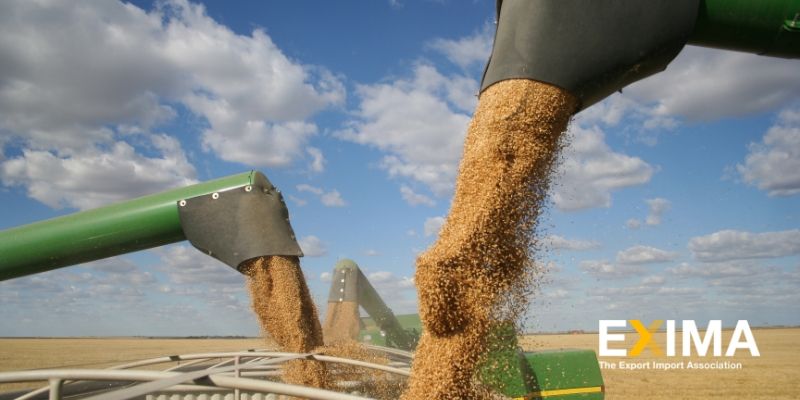Amid what are possibly the largest protests in history, at which Indian wheat is at the heart of, prices are quietly rising in the global market. This seems counterintuitive, seeing as how the world’s largest democracy is experiencing major instability and its agricultural system could possibly undergo significant reforms, but it is the case nonetheless. So what exactly is leading to the rise in Indian wheat prices? Is it connected to the protests? And will it last?
The rise in Indian wheat prices is almost wholly divorced from the protests. The reforms that have sparked the protests are mainly concerned with domestic trading and buying, not international. Instead, the price surge in global markets has more to do with external factors and long-term climate and weather patterns. To begin, Russia has imposed an export tax on its wheat exports after a lower-than-expected crop, thus increasing the importance of Indian wheat in the international market. Second, India is set for record wheat output in the current crop year. This record output is mainly due to higher acreage, fewer crop pest attacks, and ideal weather conditions.

Moreover, India is expected to export 2.2 million megatons of wheat this crop year, the highest number since 2014. Higher supply should likely result in a lower price, but it will not significantly help the global market because of the Russian restrictions and a poor crop in Argentina, among other factors. Does this represent a new golden age for Indian wheat then? In the medium-term, something like that is possible. India could become one of the more reliable wheat producers over the next couple of years. The reforms that have sparked the protest should help farming overall if they are actually applied, but they may also prompt farmers to move away from wheat to other products. In any case, the farmers will grow what is in demand, if not domestically, then internationally.
Long-term, India’s wheat prices will be affected by environmental issues such as soil degradation, climate change, pesticide-resistance pests, and monocultures. These ominous problems will likely cast a cloud over the agriculture world. If your small and medium-sized enterprise (SME) has to buy wheat, there is really no way around it but to pay a higher price for India’s harvest.
Learn More with EXIMA News
EXIMA News is here to provide you with all the latest updates on global news. We make it easy for our users to learn more about the developments in international trade. Come check out our News Page today!









